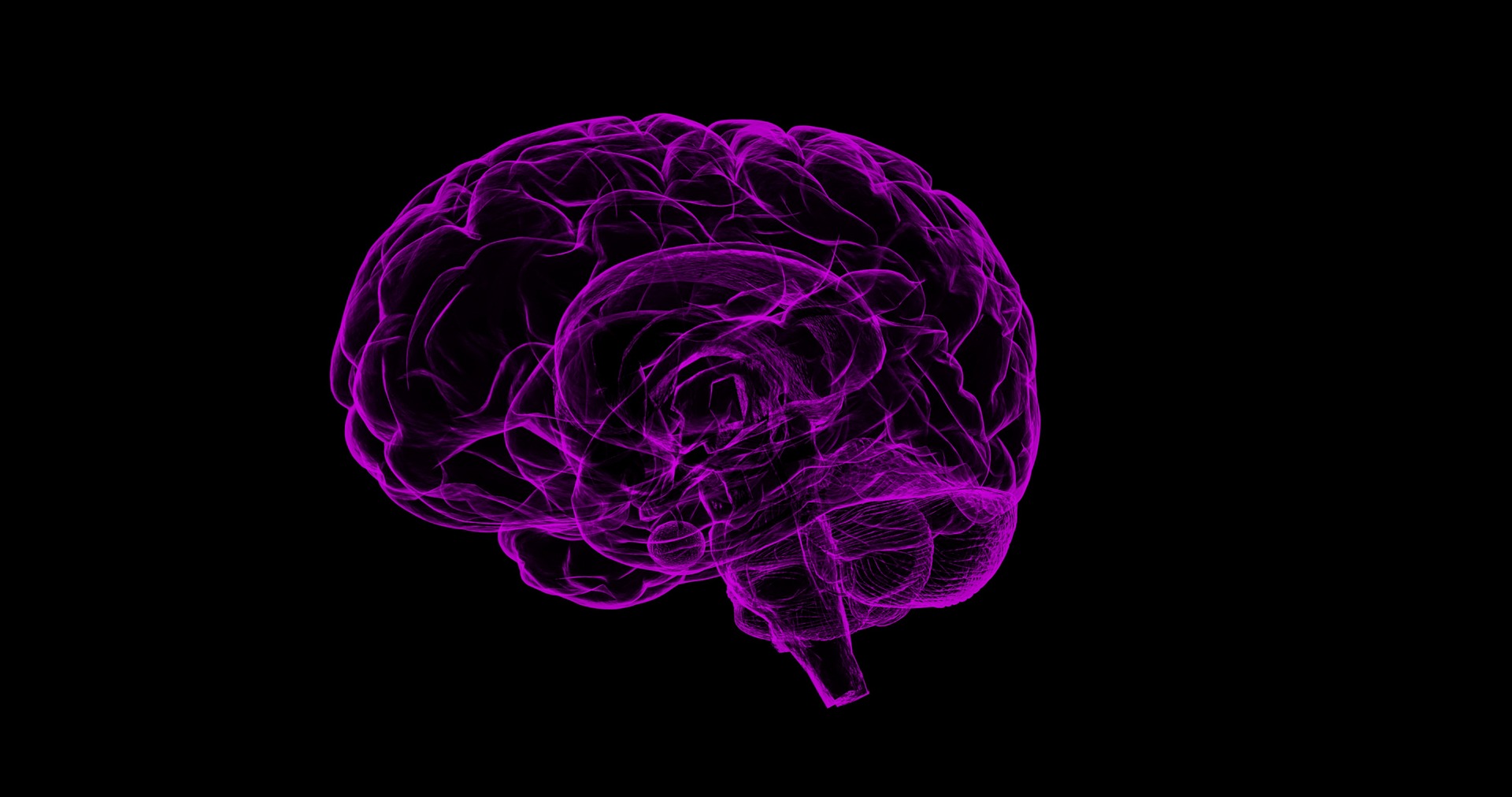Cannabinoids have effects on the brain and body that can last for a very long time. The effects on the brain can lead to changes in memory, impulse control, and more.
How Cannabinoids Affect the Brain
Stigma surrounding the recreational use of marijuana has all but fallen by the wayside as the U. S. legal system turns the page on marijuana’s addictive potential. Marijuana’s medicinal properties have gained considerable ground as its “recreational” effects have take on a less dangerous demeanor.
Marijuana’s pain relief properties have proven effective in treating conditions involving chronic pain, while its psychoactive properties make for a calm, relaxing “high.” Marijuana’s quick and easy effects come from the assortment of cannabinoid compounds that make up the drug.
Cannabinoids have a unique chemical structure that allows them to interact with the human brain as if they were natural, brain-borne chemicals. While this may see harmless enough, long-term use of cannabinoids can impair vital chemical processes and ultimately leave the brain hopelessly dependent on the drug’s effects.
The Endocannabinoid System
The brain has its own built-in system that uses cannabinoid-like chemicals to regulate essential brain and bodily processes. Also known as the endocannabinoid system, cannabinoid drugs like marijuana bind directly onto specialized cannabinoid receptor sites within this system, according to Vanderbilt University. Cannabinoids in general consist of different chemical compounds that exert varying effects at these receptor sites.
When smoked, marijuana moves from the lungs directly into the bloodstream, which carries cannabinoid compounds to the brain as well as throughout the body. According to the National Institute on Drug Abuse, cannabinoid receptor sites in the brain normally secrete naturally occurring endorphin chemicals in response to whatever a person experiences. Cannabinoid compounds trigger these secretions automatically, which accounts for the immediate effects of the drug.
Effects on Brain Chemistry
The brain uses chemicals, known as neurotransmitters, to communicate between its different regions. These neurotransmitters also communicate messages to other parts of the body.
According to Columbia Health, cannabinoids exert their greatest effects on acetylcholine levels in the brain. As one of the primary neurotransmitter chemicals, an imbalance in acetylcholine levels can disrupt any number of brain and bodily processes.
Changes in brain chemistry account for the drug’s effects on a person’s personality and behavior. These effects commonly take the form of:
- Memory loss
- Loss of coordination
- Impaired thought processes
- Giddiness
- Increase in appetite
Brain Regions Affected
The brain regions most affected by neurotransmitter chemical imbalances include:
- Cerebral cortex – responsible for regulating sensory perceptions
- Cerebellum – responsible for coordination and movement
- Hippocampus – enables memories to be formed
As cannabinoid effects take hold, users start to experience altered sensory perceptions that affect their sense of sight, taste, touch and smell. The stronger the drug effect, the less control users have over their bodily movements. With large doses of marijuana, short-term memory capacity declines considerably.
Long-Term Psychological Effects
With long-term use, cannabinoids can slowly deteriorate brain processes and structures to the point where a person has difficulty managing the affairs of everyday life. Brain chemical imbalances continue to worsen causing any number of psychological problems to develop.
Long-term psychological effects from cannabinoid use include:
- Depression disorders
- Anxiety disorders
- Violent behaviors
- Schizophrenia
- Suicidal tendencies
While the medicinal effects produced by certain cannabinoid compounds can be of great help as a medicinal treatment, the negative effects had on brain function remain a cause for concern and caution.
the Take-Away

